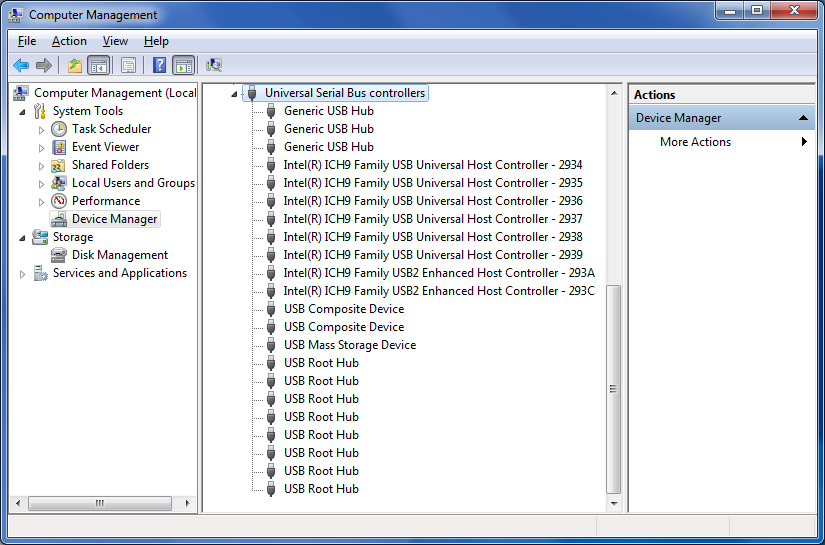


This USB passthrough access method is appropriate if: In turn, the Hyper-V VM should have access to the USB device as if the device is directly connected to the VM. In a nutshell, the Server-Side Hyper-V USB passthrough means that you’ll be attaching a USB device to the Hyper-V host. Related: Getting Started Guide to Managing Hyper-V VMs with PowerShell Enabling Server-Side Hyper-V USB Passthrough Access This tutorial will be using an external USB hard drive and a USB flash drive.


 0 kommentar(er)
0 kommentar(er)
